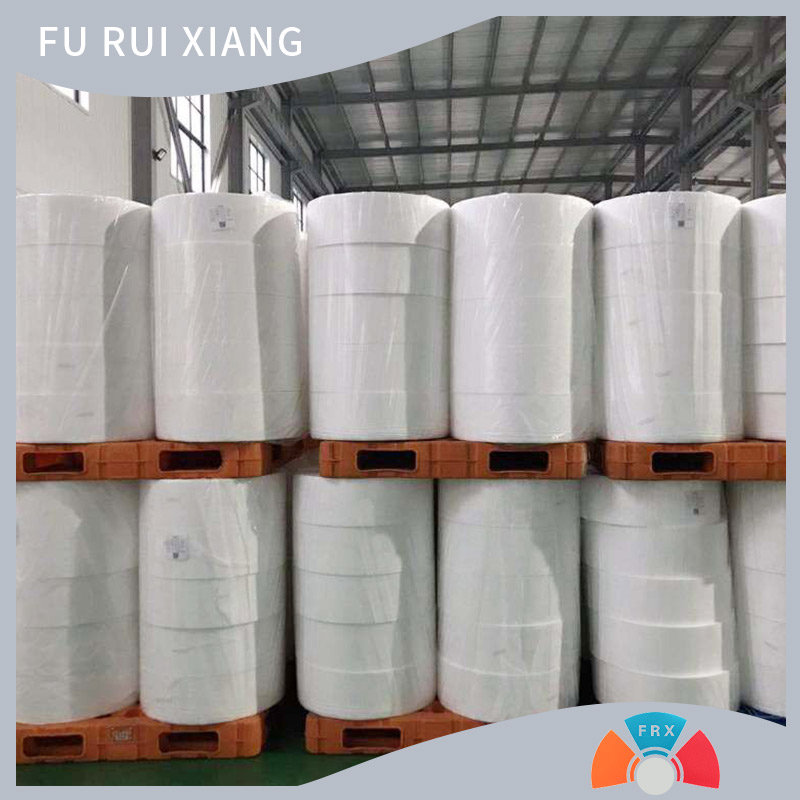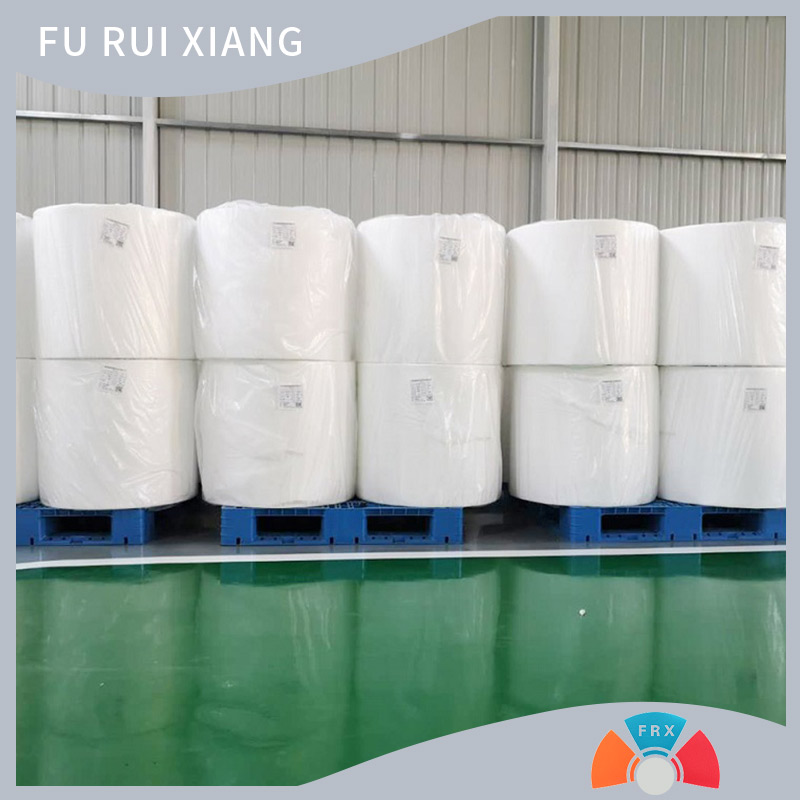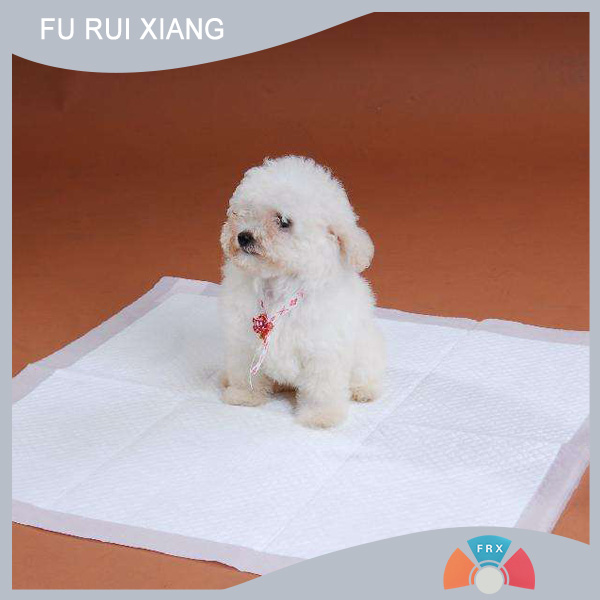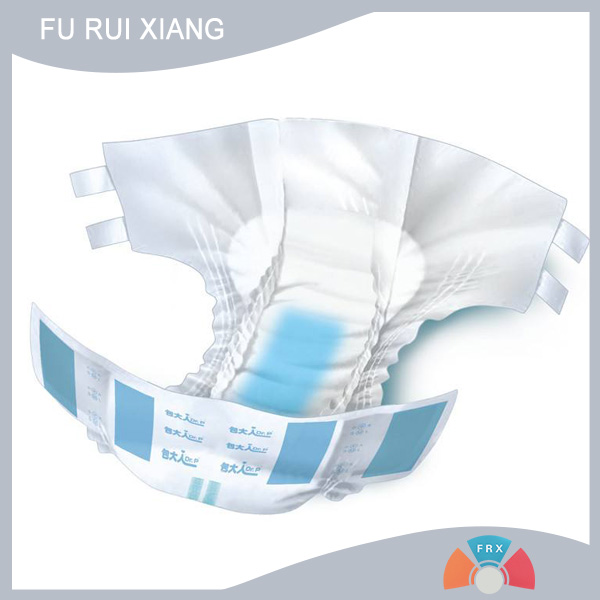2023 textile industry is expected to be the first to recover growth!
In 2022, foreign trade faced multiple pressures such as the repeated worsening of the epidemic, falling demand and shifting orders. Driven by rising export prices, new opportunities in RCEP and new models of cross-border e-commerce, textile and apparel overcame difficulties and maintained growth, reaching a new high.
In 2023, high-quality companies with strong fine operation ability, high proportion of direct sales channels and flexible supply chain are expected to take the lead in restoring growth in the garment industry.
Mr. Bi Huichuan has rich experience in the production of polypropylene spunbonded non-woven fabrics. In April 1996, he established Qingdao Jufuxiang Plastic Industry Co., LTD. (the predecessor of Qingdao Furuixiang Plastic Technology Co., LTD.), which is committed to the production and development of SMS, SS, S polypropylene spunbonded non-woven fabrics.
- The situation of the textile and garment industry is relatively stable!
- September's Health Protection: The "Softness" Power of Eisai Nonwoven Fabric!
- A detailed introduction to Weicai non-woven fabric!
- The development trend of the textile fabric industry!
- Qingdao Furuixiang Plastic Technology Co., LTD. Furniture Non-woven Fabric: A practical decorative material suitable for
- Qingdao Furuixiang Plastic Technology Co., LTD. Spunbond Nonwoven Fabric: The mainstream molded category in nonwoven fab
- Green and low-carbon, the textile industry is accelerating its "breakthrough"!
- Furniture non-woven fabric: A furniture auxiliary material that combines practicality and aesthetics!
- The export situation of China's textile and garment industry in the first half of the year!
- Qingdao Furuixiang Plastic Technology Co., LTD. Spunbond Nonwoven Fabric: A high-efficiency formed nonwoven fabric categ










